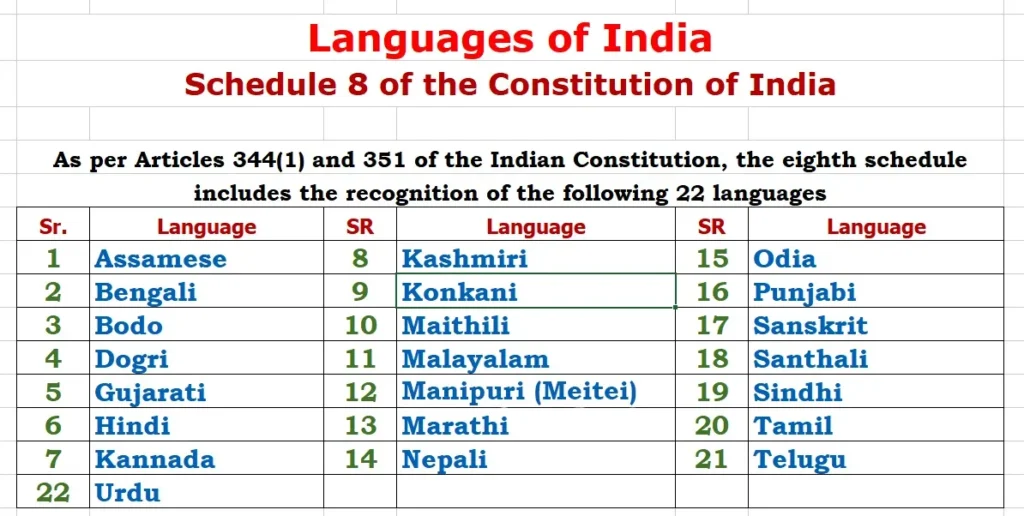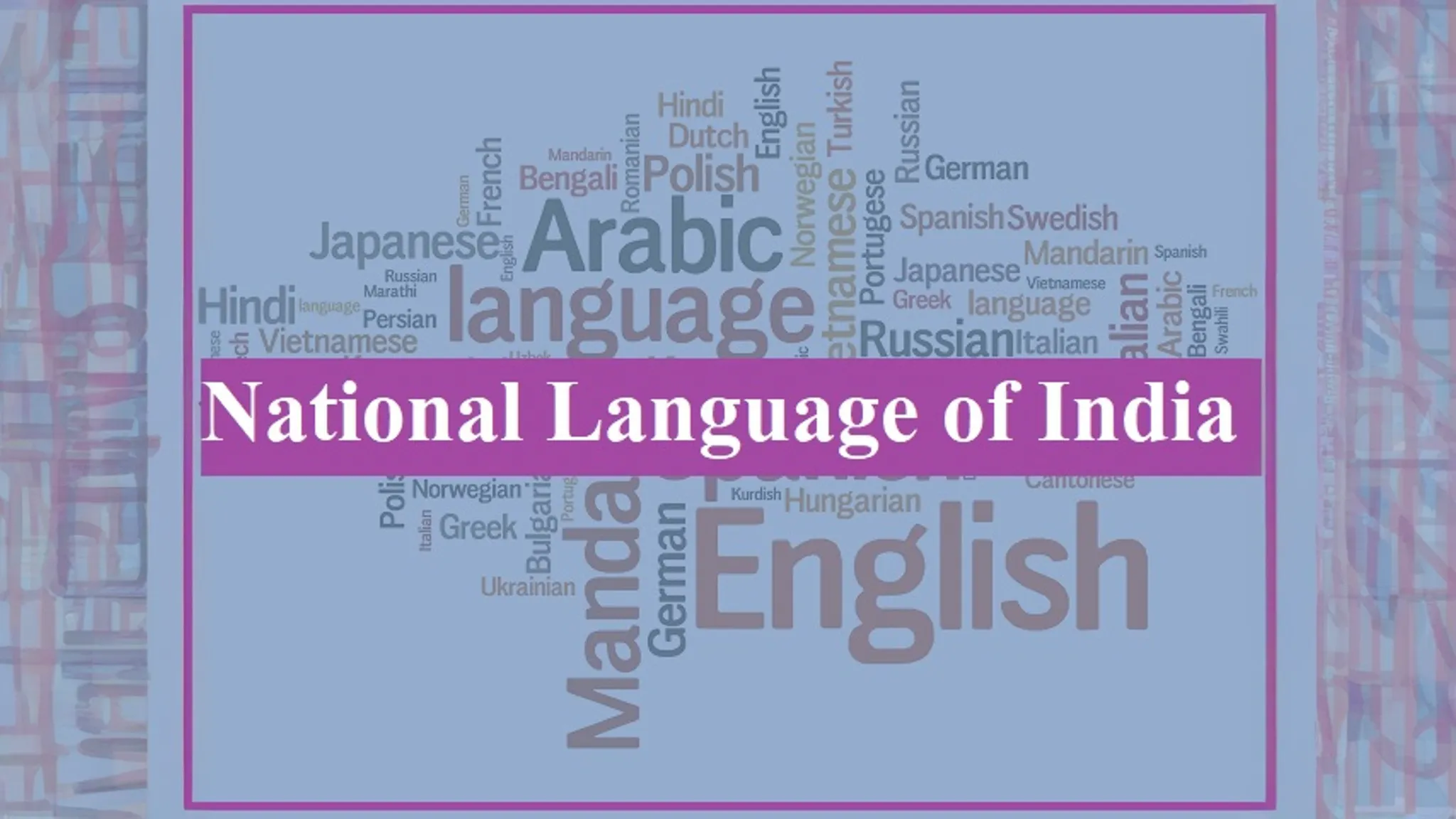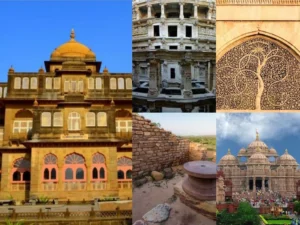India, a union of 28 states and 8 union territories, has a wide range of languages which vary after a few hundreds of kilometres. Since the establishment of the constitution, there have been many discussions on the national language. However, India does not have a national language. A national language and an official language are two different things.
No language was given the designation of national language by our Constitution. 14 languages were initially listed in the Indian constitution on the country’s independence.
Official Languages of India
Hindi written in Devanagari was declared as the official language of the union by the Indian constitution in 1950. The use of English for official purposes was to end 15 years after the constitution took effect, or on January 26, 1965, unless Parliament voted otherwise. However, the idea of the switchover caused great concern in India’s non-Hindi speaking regions, particularly in the Dravidian-speaking states, whose languages had no connection to Hindi at all. As a result, the Official Languages Act, 1963 was passed by Parliament which guaranteed that Hindi and English would continue to be used for official purposes beyond 1965.
Official Language as per the Indian Constitution, Article 343
As per Article 343(l), the Parliament may by law provide for the use of Hindi in addition to English for certain purposes, including the following:
- The business of the Supreme Court;
- The business of the High Courts;
- The business of any tribunal or other authority appointed by the President;
- The transaction of business in Parliament.
Article 343(l) also states that Hindi shall be replaced by English for certain purposes, including the following
- The communication between the Union and a State;
- The communication between the Union and a public servant;
- The communication between a public servant and a person who is not a citizen of India;
- The correspondence between the President and the Governors of States;
- The correspondence between the Vice-President and the Speaker of the House of the People;
- The correspondence between Ministers and Chief Ministers.
The Constitution does not give any preferential status to any language. The official languages of India are decided by the Parliament through legislation.
National Language of India
Our Consitution did not give the status of national language to any one language. Hindi was definitely declared the national language. But, Hindi is a language spoken by only 40% of the Indian population. So, this would be a problem for the rest of the majority of the population as everybody would be required to learn Hindi and this is not possible at all. The Constitution of India has stipulated the usage of Hindi and English to be the two official languages of communication for the national government. Additionally, it contains a list of 22 official languages (including Hindi and English). These languages are entitled to representation on the Official Language Commission, and a candidate in an examination conducted for national government service may opt to take the exam in any of these languages.
Also Read:virat kohli runs in ipl 2022
List of Official Scheduled Language of India

According to the Eighth Schedule of the Indian Constitution, 22 languages have been chosen to be the scheduled language of India. Hindi and English are the official languages.
| Sr. No | Language | Recognition in state |
| 1 | Assamese | Assam, Arunachal Pradesh |
| 2 | Bengali | West Bengal, Tripura |
| 3 | Bodo | Assam |
| 4 | Dogri | Official language of Jammu and Kashmir |
| 5 | Gujarati | Dadra and Nagar Haveli and Daman and Diu, Gujarat |
| 6 | Hindi | Andaman and Nicobar Islands, Bihar, Dadra and Nagar Haveli and Daman and Diu, Chhattisgarh, Delhi, Gujarat, Haryana, Himachal Pradesh, Jharkhand, Madhya Pradesh, Jammu and Kashmir, Mizoram, Rajasthan, Uttar Pradesh, Uttarakhand and West Bengal |
| 7 | Kannada | Karnataka |
| Kashmiri | Jammu and Kashmir | |
| 9 | Konkani | Dadra and Nagar Haveli and Daman and Diu, Maharashtra, Goa, Karnataka and Kerala (The Konkan Coast) |
| 10 | Maithili | Bihar, Jharkhand |
| 11 | Malayalam | Kerala, Lakshadweep, Puducherry |
| 12 | Manipuri | Manipur |
| 13 | Marathi | Maharashtra, Goa, Dadra and Nagar Haveli and Daman and Diu |
| 14 | Nepali | Sikkim and West Bengal |
| 15 | Odia | Official language of Orissa |
| 16 | Punjabi | Official language of Punjab and Chandigarh, 2nd official language of Delhi and Haryana |
| 17 | Sanskrit | Himachal Pradesh, Uttarakhand |
| 18 | Santali | Spoken by Santhal people mainly in the state of Jharkhand as well as in the states of Assam, Bihar, Chhattisgarh, Mizoram, Odisha, Tripura, West Bengal |
| 19 | Sindhi | Gujarat and Maharashtra, especially Ulhasnagar |
| 20 | Tamil | Tamil Nadu, Puducherry |
| 21 | Telugu | Andhra Pradesh, Telangana and Puducherry |
| 22 | Urdu | Jammu and Kashmir, Telangana, Jharkhand, Delhi, Bihar, Uttar Pradesh and West Bengal |
Conclusion
India is a linguistically diverse nation with 28 states and 8 union territories, each with its own unique languages and dialects. Despite this diversity, the Indian Constitution does not designate any language as the national language. Hindi, written in Devanagari script, is declar as the official language of the union, along with English. However, the Constitution also ensures the continued use of English for official purposes beyond 1965 to address concerns from non-Hindi speaking regions.
The Constitution recognizes 22 languages as scheduled languages, with Hindi and English serving as official languages. Each of these scheduled languages has recognition in specific states or regions, representing the linguistic and cultural diversity of India.
The absence of a singular national language reflects India’s commitment to diversity and inclusivity, ensuring that no single language is imposed upon the entire population. Instead, the Constitution allows for the representation and preservation of various languages and cultures across the country, fostering unity amidst diversity.
FAQ:
What is the national language of India?
The national language of India is Hindi. It holds this status by virtue of being the most widely spoke language in the country and is recogniz as the official language of the Indian government.
Is Hindi the only language spoken in India?
No, Hindi is not the only language spok in India. India is a diverse country with over 1,600 languages and dialects spoken across its various regions. While Hindi is the most widely spoken language, several other languages such as Bengali, Telugu, Marathi, Tamil, Urdu, and others are also prominent.
Is Hindi compulsory for all Indians to learn?
While Hindi is the official language of the Indian government, it is not compulsory for all Indians to learn. India is a multilingual nation, and citizens have the right to learn and communicate in their native languages. However, knowledge of Hindi can be beneficial, especially for official communication at the national level.
Are there any states in India where Hindi is not widely spoken?
Yes, there are states in India where Hindi is not widely spoken as the primary language. States like Tamil Nadu, Karnataka, Kerala, and others have their own distinct languages and cultures. While Hindi may be understood to some extent in these states. The primary languages spoken there are Tamil, Kannada, Malayalam, etc.
Is English also considered a national language of India?
No, English is not considered a national language of India, but it holds associate official status. English is extensively used for official and administrative purposes alongside Hindi and other regional language. It serves as a link language that facilitates communication between people from different linguistic backgrounds within the country.




